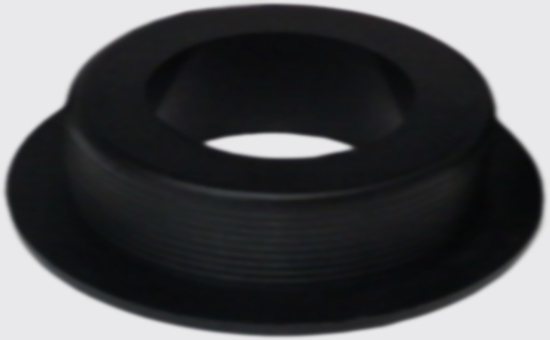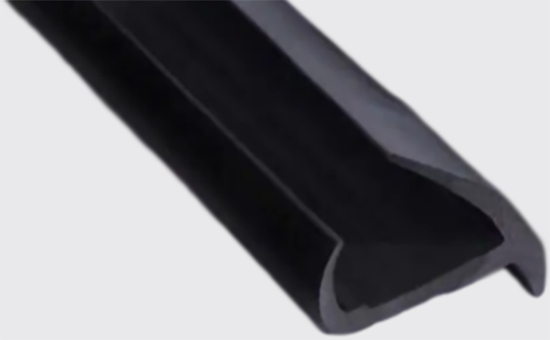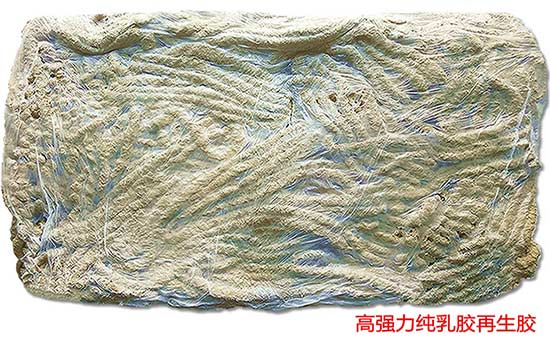Lubricants are mainly used to improve the processing and appearance properties of rubber and other polymers. They can not only reduce friction, improve the fluidity and demoulding properties of rubber materials during processing, but also increase the surface finish of rubber products and prevent mutual adhesion among products. When using recycled rubber to produce rubber products, proper use of lubricant can improve the processing performance of rubber, reduce production energy consumption, and improve the product yield.
1. The specific role of lubricants in the production of recycled rubber products
Lubricants can show internal and external lubricity in the processing of reclaimed rubber. The specific functions are as follows: reduce the melt temperature, reduce the internal heat in the processing of reclaimed rubber, improve the demoulding property of reclaimed rubber 2SLYY210, delay the plasticization, prevent melt fracture, improve the self-lubrication of reclaimed rubber products, and prevent adhesion among films. In actual production, the lubricants commonly used for recycled rubber products include talcum powder, soap, zinc stearate, glycerin, etc.

2. Selection points of common lubricants for recycled rubber products
As an ideal lubricant in the production of recycled rubber products, the following requirements should be met:
(1) The lubricant has good dispersion in the recycled rubber, otherwise it will cause bad shape or appearance of the recycled rubber products, and even affect the normal operation of the processing process in serious cases.
(2) The lubricant and the reclaimed rubber should have proper compatibility: if the compatibility is too large, the lubricant will act as a plasticizer in the reclaimed rubber, resulting in the reduction of the softening point of the product; The compatibility among lubricant and reclaimed rubber is too small or incompatible at all, and the reclaimed rubber products are easy to spray frost after molding.

(3) Lubricants need to have good thermal stability and high temperature lubricity: when the reclaimed rubber is produced and operated at high speed and high temperature, the lubricant with stable structure should be selected, which will not decompose at the processing temperature, will not change color, and has less volatility. The gradient of compatibility among the lubricant and the reclaimed rubber with temperature change is small, meeting the processing requirements of the reclaimed rubber products.
(4) Lubricants should not damage the mechanical strength, thermal deformation temperature and appearance performance of the products when improving the processing performance of the recycled rubber products.
(5) When selecting lubricants for color recycled rubber products, the addition of lubricants can not cause color migration, and high-quality lubricants can also improve the dispersion of pigments, fillers, etc. in the recycled rubber; Some recycled rubber products require the lubricant to be non-toxic, odorless and hygienic.

(6) The lubricant matching cost is low, which cannot greatly increase the cost of recycled rubber products.
At present, lubricants on the market can be divided into organic lubricants, inorganic lubricants and polymer lubricants. Later, Xiaobian will continue to share with you the application skills of various lubricants in recycled rubber products.
Exclusive original article [commercial authorization] reprint, excerpt and excerpt in any form are prohibited without written authorization. Focus on Hongyun rubber: learn the process formula and raw material technology of producing rubber products from recycled rubber to help you reduce costs and increase profits